Exploring Poverty Through Culinary Choices: Insights from Huiyi Lin's 'The Poverty Line'
In a powerful TED Talk, Huiyi Lin presents 'The Poverty Line,' an artistic exploration of poverty through the lens of food choices. By examining daily meals across 38 countries, Lin reveals the complex relationship between poverty, human rights, and societal perceptions, prompting us to reconsider how we define and respond to poverty.
Understanding Poverty
Poverty is a multifaceted issue that transcends mere economic statistics. It intertwines with social, cultural, and individual dimensions, affecting families and communities worldwide. Understanding poverty requires us to look beyond numbers and delve into the human experience.
At its core, poverty is not just about a lack of income; it encompasses inadequate access to basic needs such as food, education, and healthcare. It also touches on the emotional and psychological aspects that affect individuals living in poverty, such as feelings of isolation and helplessness.
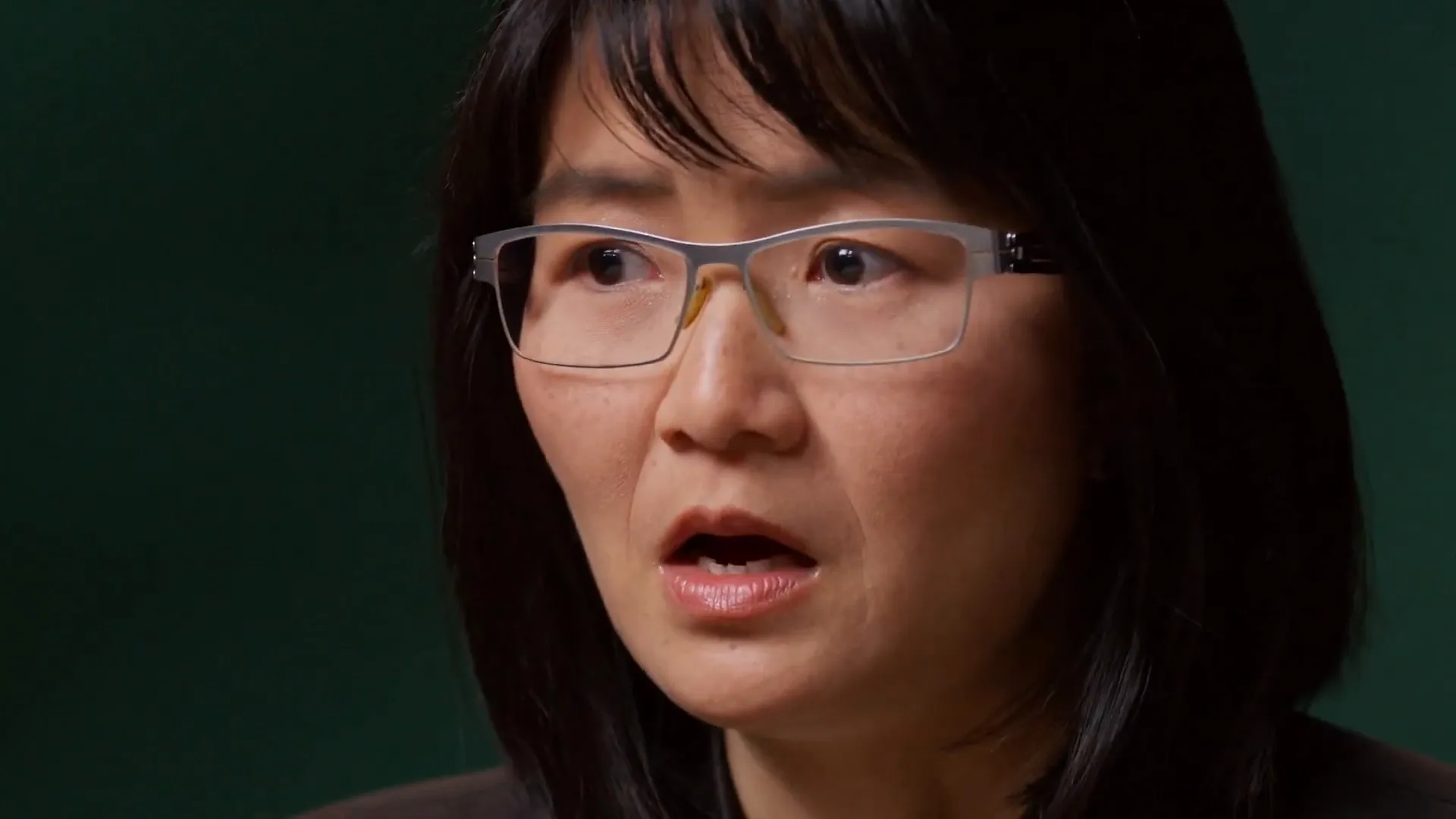
By examining poverty through various lenses, we can better appreciate its complexity. This holistic view encourages us to engage in conversations that foster empathy and drive action, ultimately leading to more effective solutions.
Introducing Huiyi Lin
Huiyi Lin is an artist and co-creator of the project "The Poverty Line," which explores poverty through visual storytelling. Alongside her partner, Stefen Chow, Lin has dedicated over 14 years to documenting the food choices of individuals living at the poverty line across 38 countries.
Her work provides a unique perspective, merging art with social commentary. Lin's photographs serve as a powerful medium to evoke emotions and provoke thought about the realities of poverty. They challenge viewers to reconsider their assumptions and biases surrounding food and poverty.
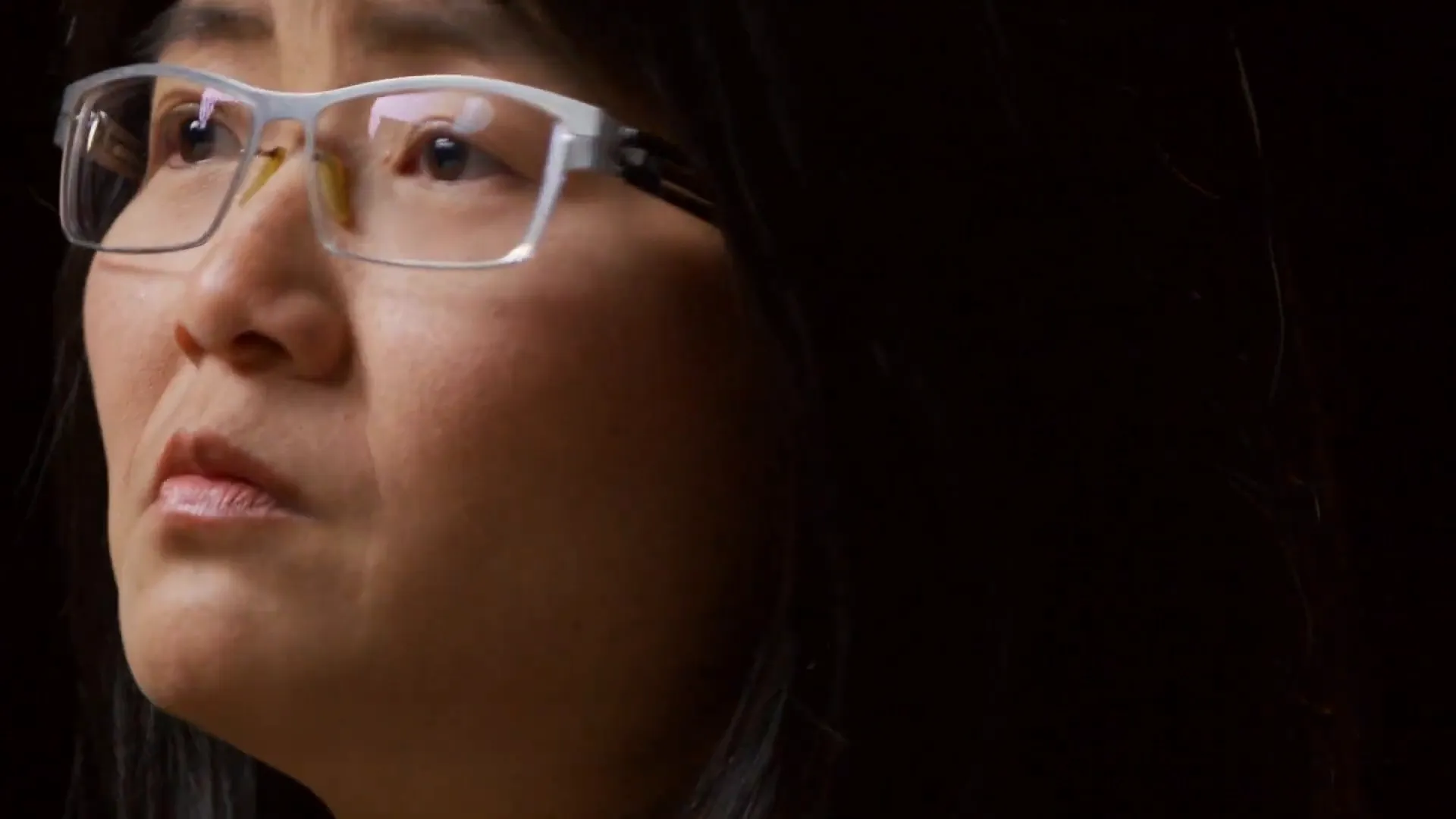
Through her artistic lens, Lin highlights the dignity of those affected by poverty, presenting their food choices not as mere statistics but as narratives of resilience and survival. Her commitment to this project reflects a deep understanding of the human experience behind poverty.
The Concept of 'The Poverty Line'
The term 'poverty line' defines the minimum income level necessary for individuals to meet basic needs. However, this concept often oversimplifies the complex realities faced by those living in poverty.
In many countries, the poverty line is calculated based on local economic conditions and varies significantly from one place to another. For instance, what is considered a sustainable income in one country may be insufficient in another. This disparity underscores the importance of context when discussing poverty.
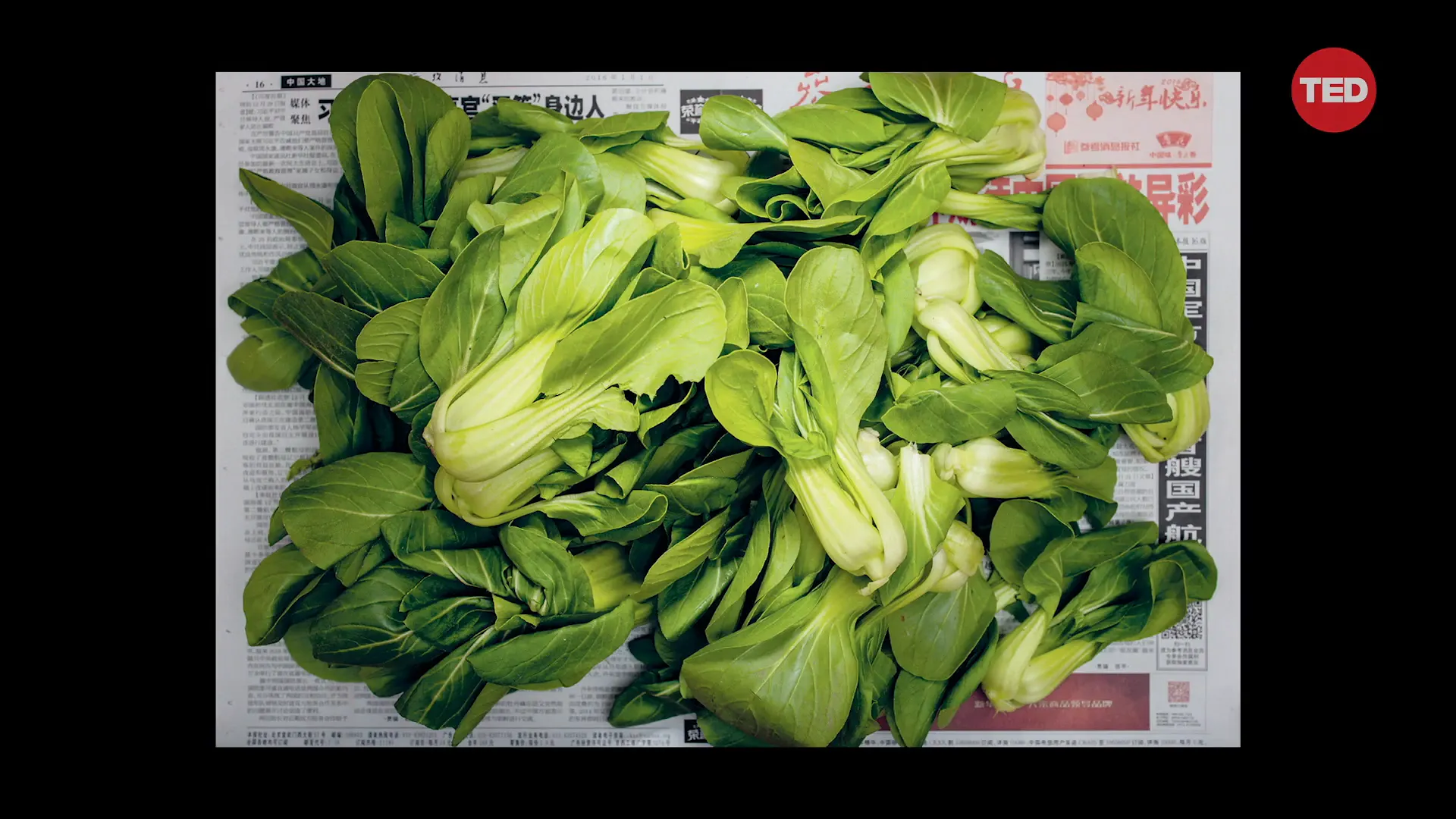
Moreover, the poverty line does not account for the myriad challenges that individuals encounter daily, such as access to education, healthcare, and employment opportunities. It is crucial to approach the poverty line with a broader perspective that includes these social determinants.
The Methodology: Food Choices at the Poverty Line
Lin and Chow's methodology involves purchasing food items that are affordable for individuals living at the poverty line. This process not only reveals the types of food available but also highlights the cultural significance of these choices.
By visiting local markets, they document the reality of food accessibility and affordability. This visual representation serves as a stark reminder of the limitations faced by those living in poverty. The photographs capture not just the food itself but the context in which it is purchased and consumed.
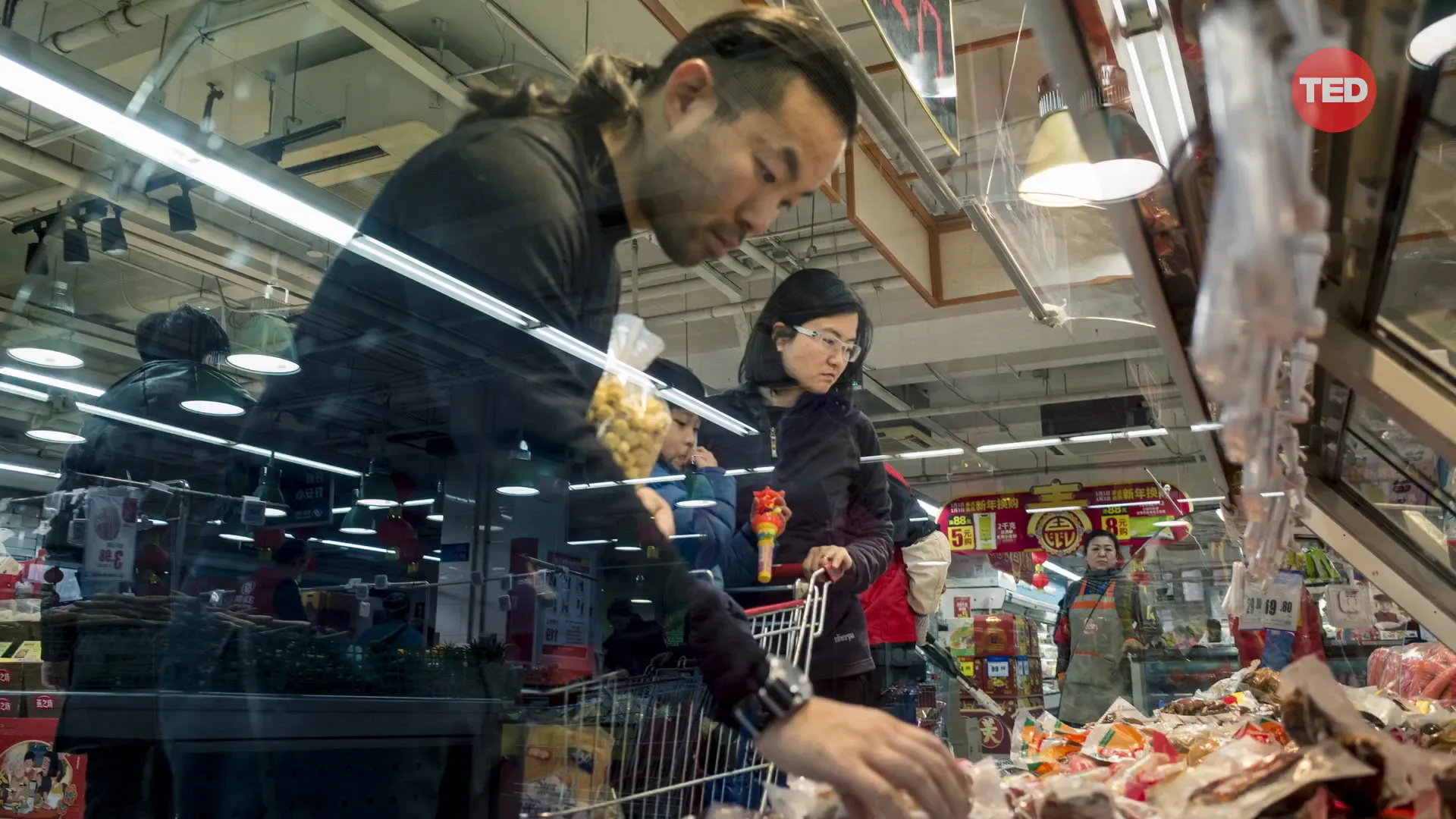
This approach emphasizes that food is not merely sustenance; it is intertwined with identity, culture, and community. The choices made by individuals at the poverty line reflect their circumstances and the resources available to them.
What Does It Mean to Be Poor?
Being poor extends beyond financial constraints. It encompasses a range of experiences that shape individuals' lives, including the stigma associated with poverty, limited access to opportunities, and the constant struggle to meet basic needs.
Poverty can lead to feelings of exclusion and marginalization. Those living in poverty often face societal judgments and misconceptions about their situation. This stigma can create barriers to seeking assistance and resources, further entrenching individuals in their circumstances.
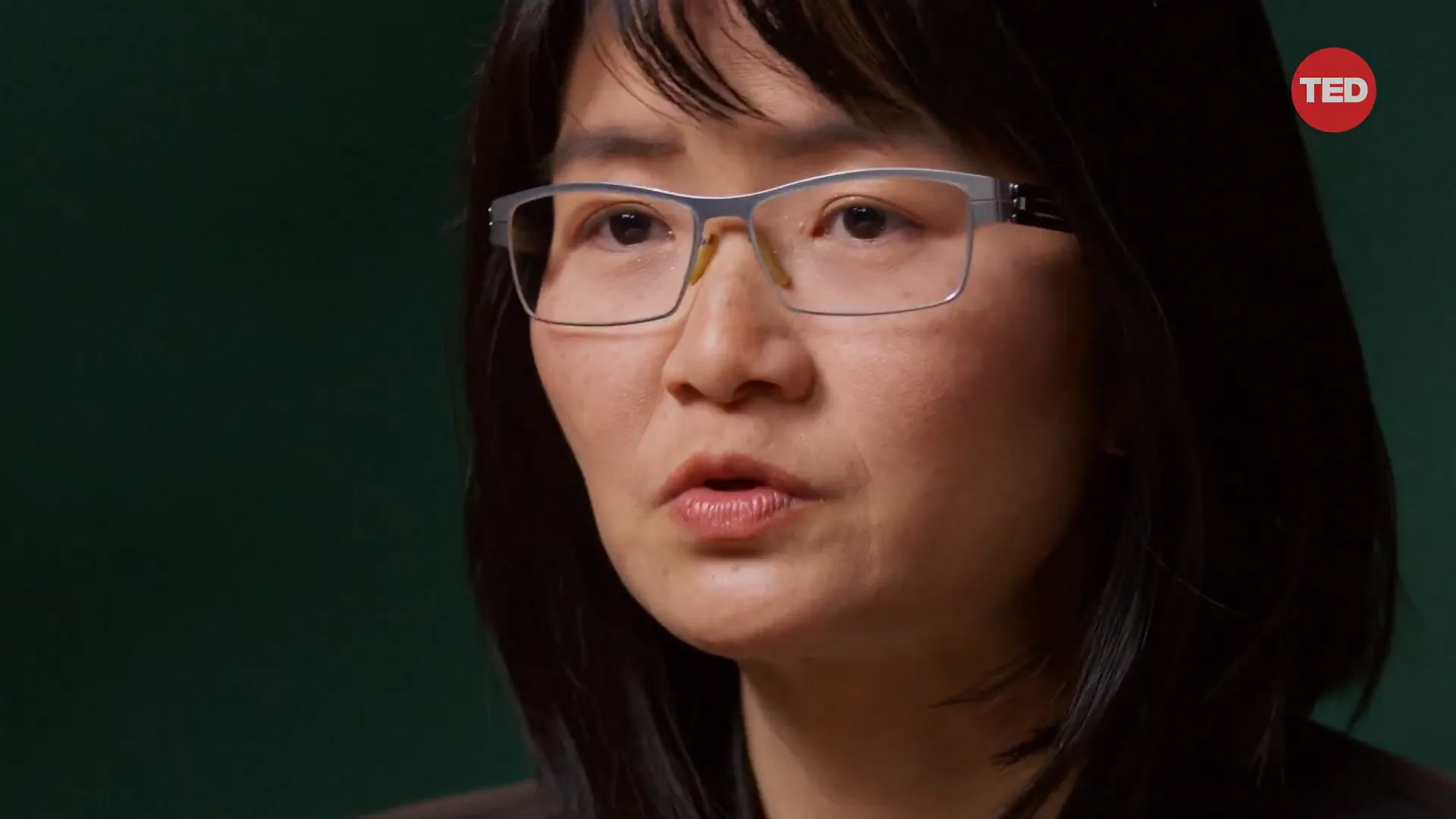
Understanding what it means to be poor requires us to listen to the stories of those affected. By amplifying their voices, we can cultivate empathy and foster a deeper understanding of the systemic issues at play. This awareness is essential for driving meaningful change.
The Scope of Choice in Poverty
Choice is a critical aspect of the poverty experience. However, for individuals living at the poverty line, the scope of choice can be severely limited. Economic constraints often dictate what food options are available, leading to a reliance on cheaper, less nutritious items.
This limitation can have long-term consequences on health and well-being. The choices made by individuals in poverty are often not about preference but rather survival. Understanding this dynamic is essential for addressing the root causes of poverty.
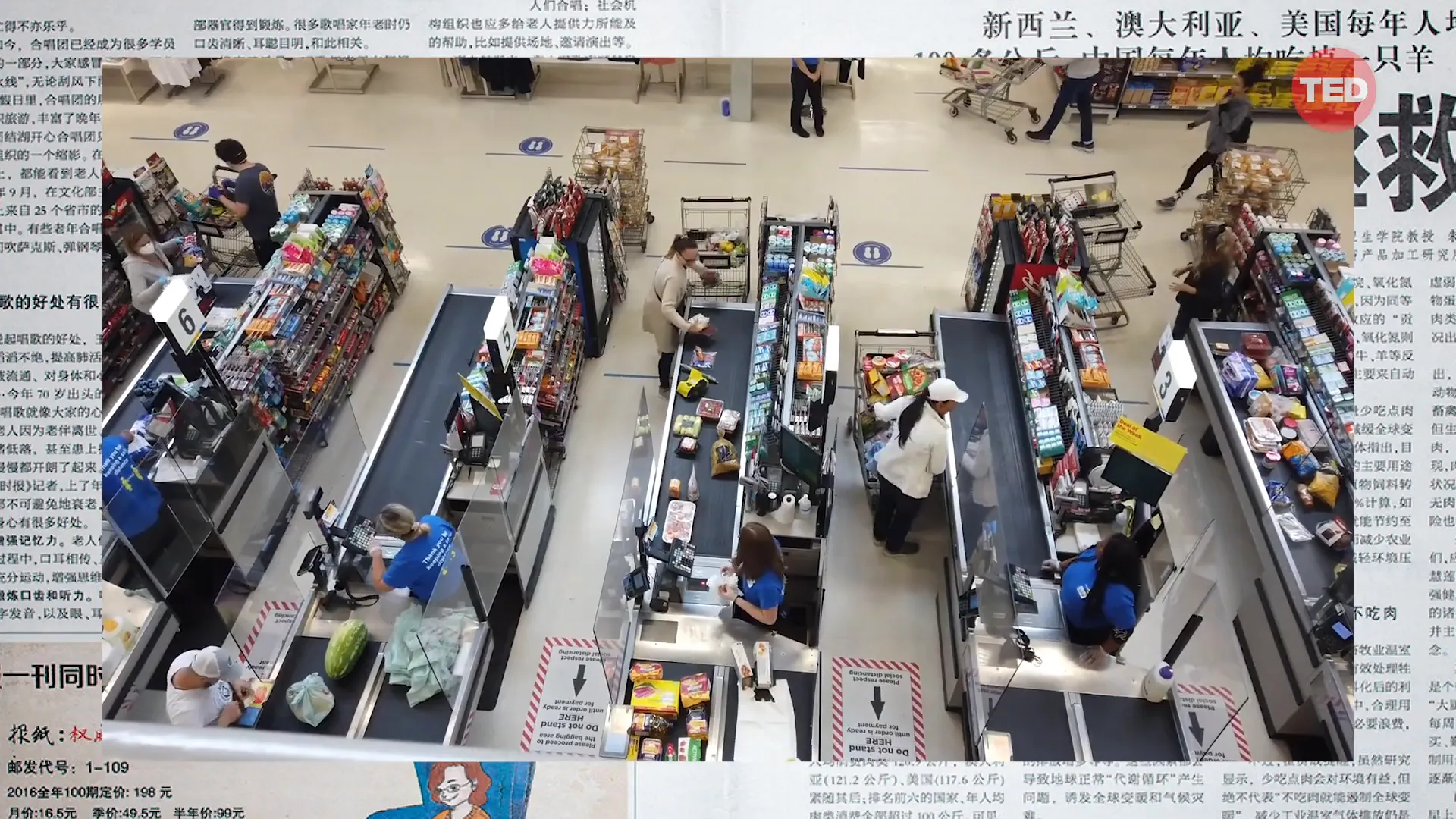
Moreover, the ability to make choices is influenced by broader social and economic structures. Policies that support equitable access to resources can empower individuals to make healthier choices, breaking the cycle of poverty.
Ultimately, recognizing the scope of choice in poverty prompts us to rethink how we approach solutions. It challenges us to create systems that enable individuals to thrive, rather than merely survive.
The Evolution of the Project
The journey of "The Poverty Line" began as a simple idea but evolved into a profound exploration of poverty through food. Initially, Huiyi Lin and Stefen Chow aimed to document their own understanding of poverty through culinary choices. However, as they began to share their work, they discovered that the project resonated with a global audience.
This evolution reflects the dynamic nature of art and social commentary. The photographs became a catalyst for conversations about poverty, sparking interest and engagement from people across different cultures and backgrounds. This feedback loop not only enriched the project but also deepened the artists' understanding of the complexities surrounding poverty.
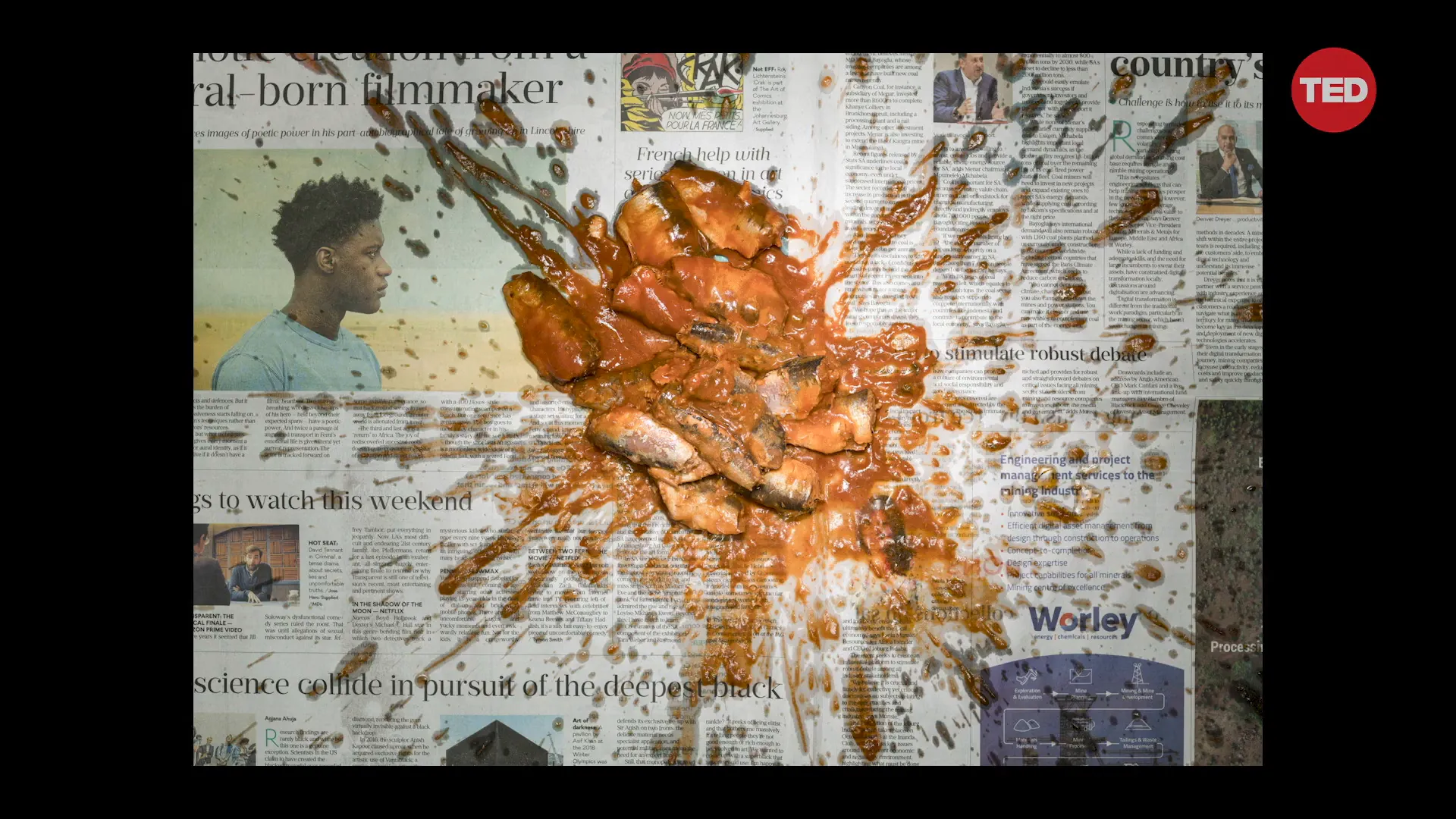
As the project expanded to include 38 countries, it began to incorporate a broader spectrum of experiences related to poverty. Each photograph tells a story, revealing not only the food choices of individuals but also the cultural contexts that shape these choices. This comprehensive approach allows for a more nuanced view of poverty, moving beyond simplistic definitions.
Global Reactions to the Project
When the photographs were first released, the reactions were varied and unexpected. People from the United States, Europe, Russia, and eventually China expressed their thoughts about the images. Some questioned the validity of the portrayal, while others connected deeply with the stories behind the food.
This diverse range of responses highlights the subjective nature of poverty perceptions. While some viewers focused on the aesthetic aspects of the food, others engaged with the emotional narratives woven into each image. This duality underscores how cultural backgrounds and personal experiences shape our understanding of poverty.
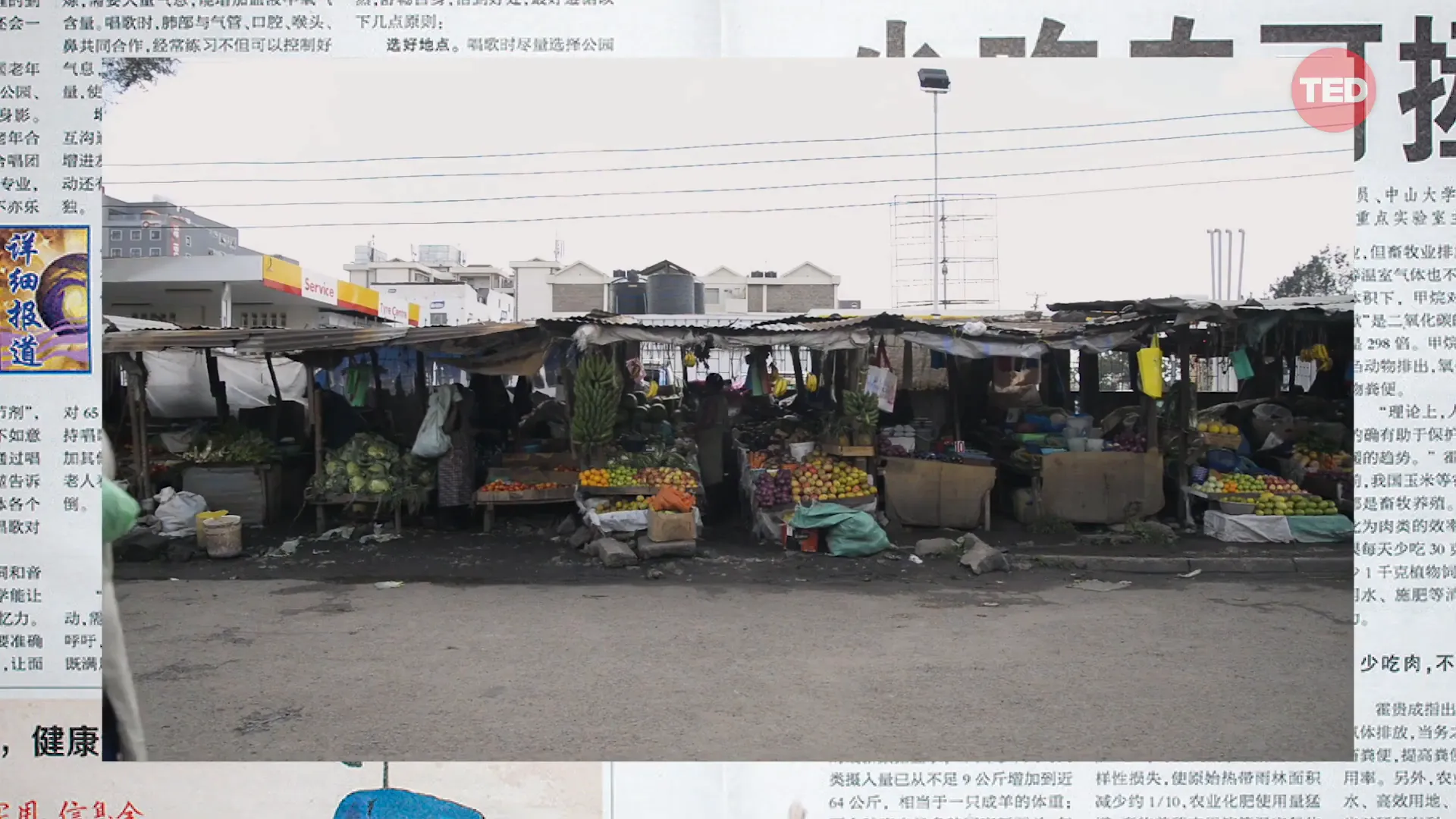
The unexpected emotional connections made by viewers transformed the project from a mere artistic endeavor into a platform for dialogue. It prompted discussions about food security, access to resources, and the broader implications of poverty, thus bridging the gap between art and activism.
Subjectivity in Perceptions of Poverty
Perception plays a crucial role in how we understand poverty. The varied reactions to "The Poverty Line" illustrate that poverty is not a universal experience; it is deeply influenced by individual circumstances and cultural contexts. What one person sees as a representation of struggle, another may view as a reflection of resilience.
This subjectivity can lead to misunderstandings and misinterpretations. For example, some might view the food choices depicted in the project as inadequate or unappetizing, while others recognize them as culturally significant and representative of survival within constraints. Such disparities in perception highlight the need for empathy and awareness when discussing poverty.
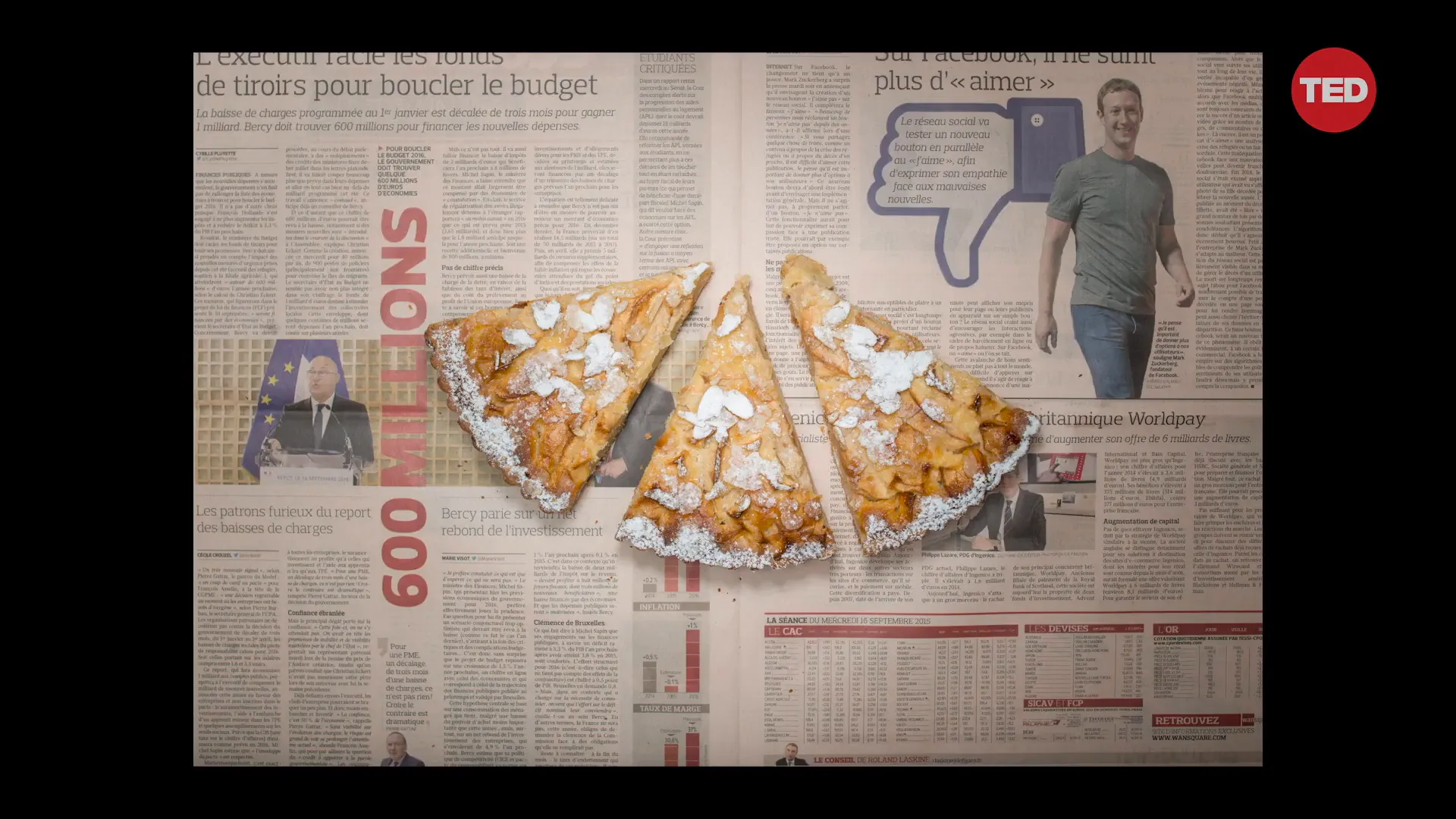
Moreover, engaging with these varying perspectives can enrich our discussion about poverty. By acknowledging that everyone brings their own experiences and biases to the table, we can foster a more inclusive conversation that honors the complexities of human experience.
Food as a Unifying Human Ritual
Food serves as a powerful connector among individuals, transcending cultural and geographic boundaries. It is a daily ritual that brings people together, offering a glimpse into their lives and traditions. In the context of poverty, food choices become a lens through which we can explore shared humanity.
Huiyi Lin's project emphasizes this unifying aspect of food. Each photograph encapsulates not only nutritional choices but also the stories of families and communities. These images remind us that regardless of economic status, food is a fundamental part of human existence.
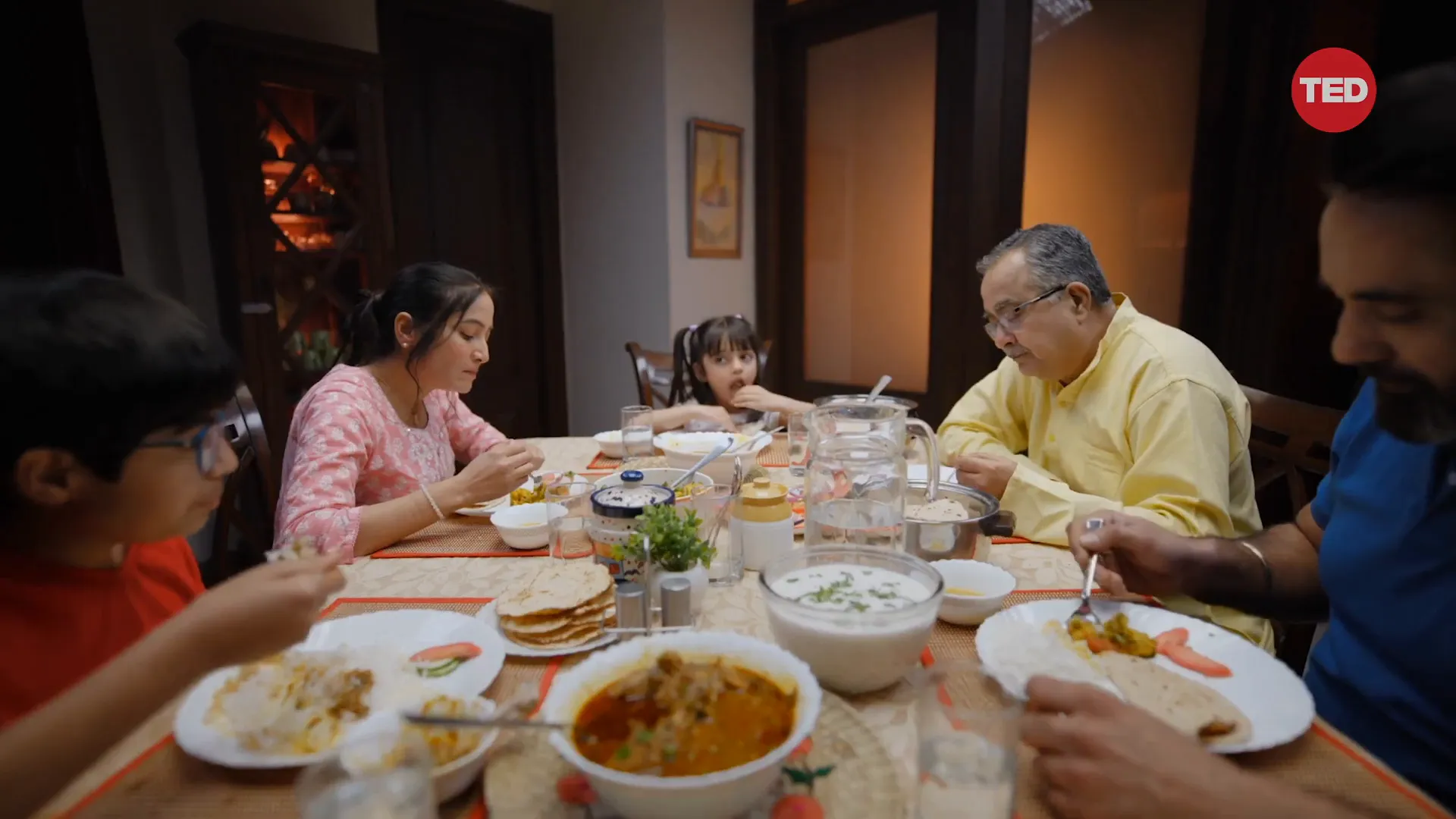
This shared connection through food can inspire solidarity and action. When we recognize the commonality of food experiences, we may be more inclined to engage in meaningful discussions about challenges faced by those living in poverty. It encourages us to advocate for change and support initiatives aimed at improving food security and access.
Expanding the Project Globally
As "The Poverty Line" expanded to encompass a global perspective, it began to reveal the intricate tapestry of food and poverty across different cultures. This expansion was not merely about documenting food; it was about understanding the unique challenges faced by individuals in various contexts.
By photographing food choices in 38 countries, Lin and Chow showcased the diversity of experiences related to poverty. Each country presented its own set of cultural norms, economic conditions, and social structures that influence food availability and choices. This global approach underscores the importance of context when discussing poverty.
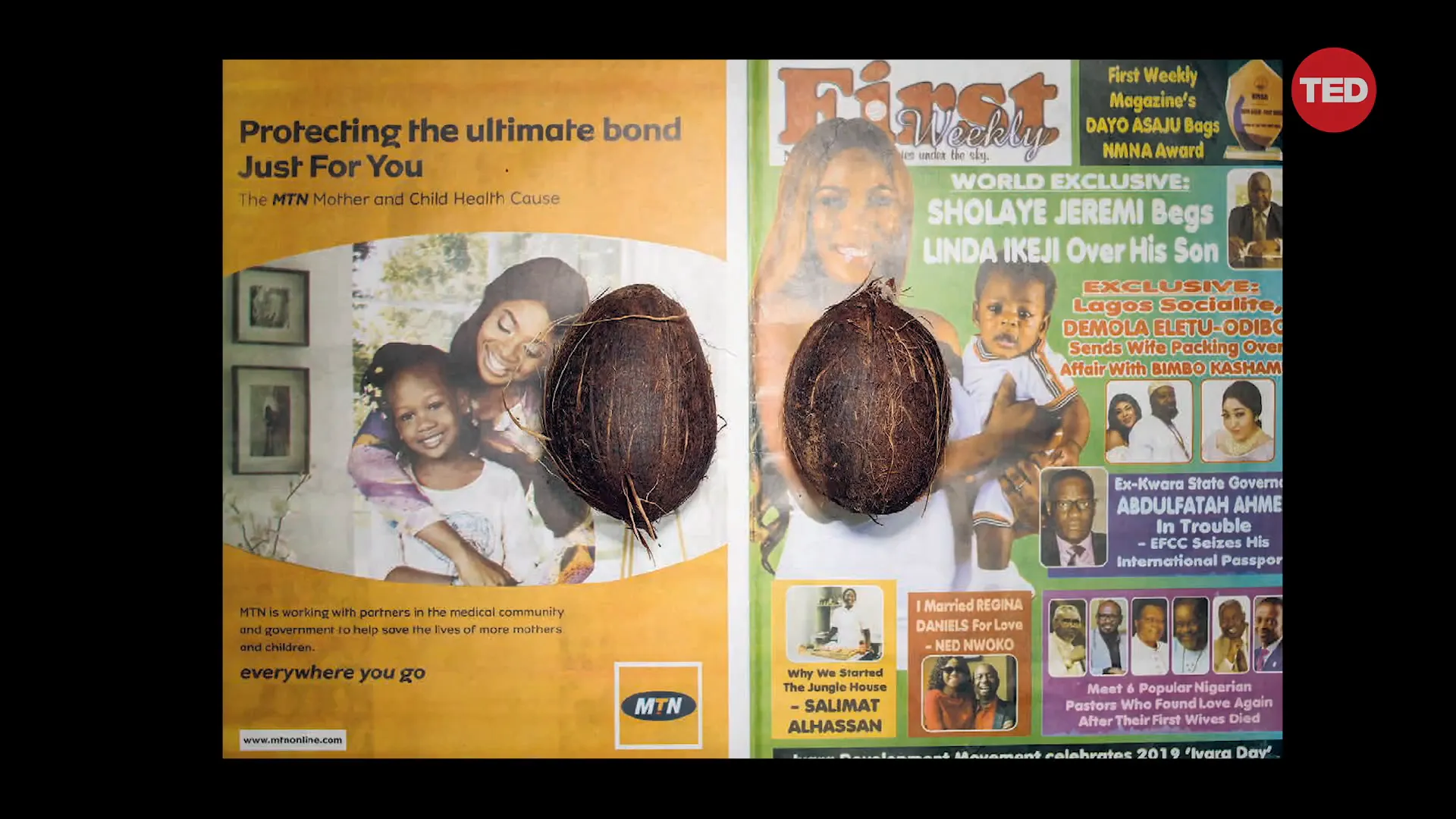
Moreover, this expansion has opened doors for collaboration and dialogue among various stakeholders. Policymakers, researchers, and community leaders can draw from the insights gained through this project to inform their efforts in addressing poverty. The photographs serve as a bridge, connecting individuals and organizations dedicated to making a difference.
Poverty and Global Issues
Poverty is intricately linked to a multitude of global issues, including climate change, conflict, and migration. These interconnected challenges exacerbate the struggles faced by those living at the poverty line, creating a cycle that is difficult to break.
As Lin pointed out, poverty is not an isolated phenomenon; it is influenced by larger systemic issues. Climate change impacts food production, while conflicts can displace communities, limiting access to essential resources. Understanding these connections is crucial for developing effective solutions.
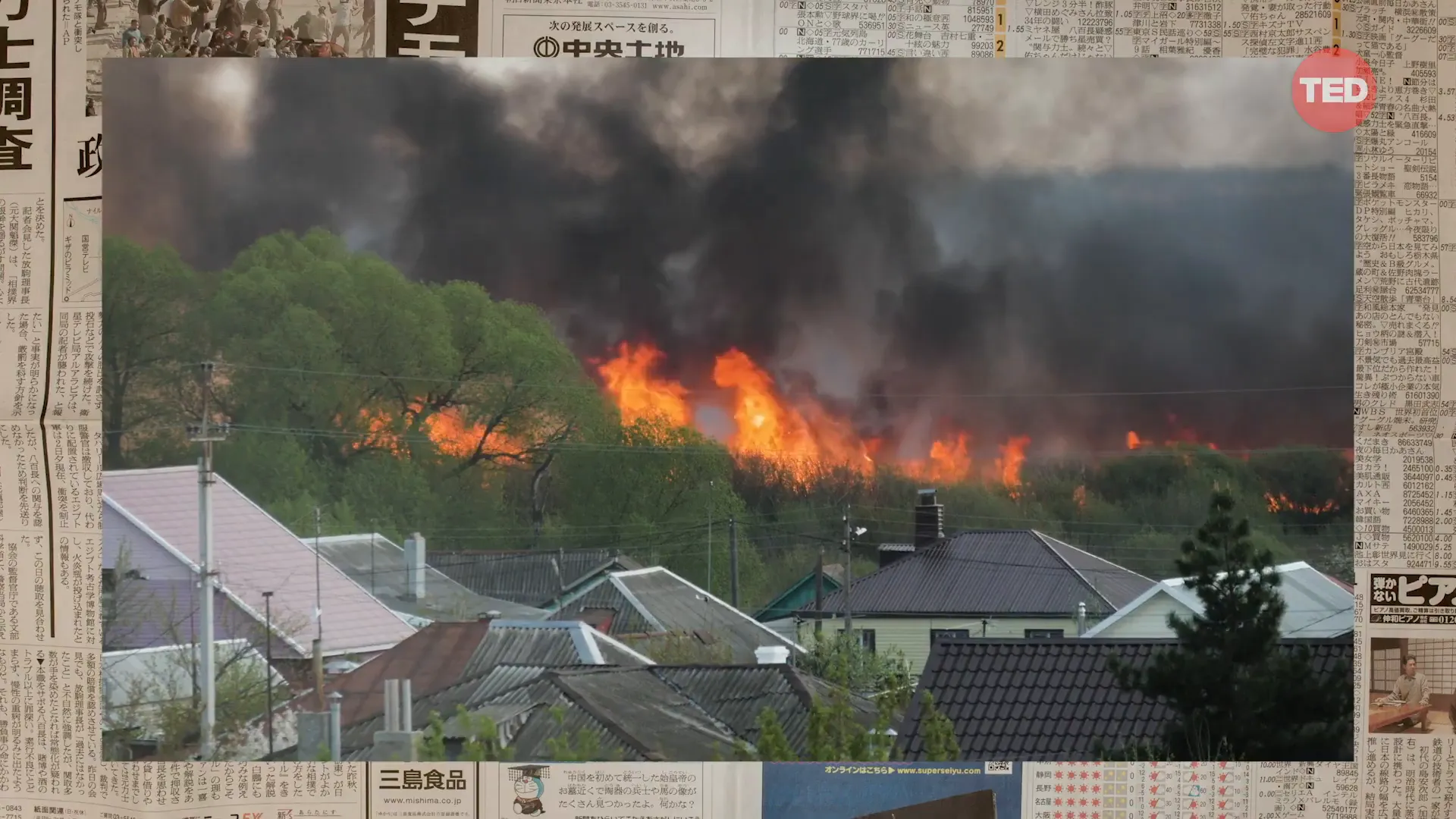
Addressing poverty requires a holistic approach that considers these broader contexts. Solutions must be tailored to the unique challenges faced by communities, recognizing that poverty is not solely an economic issue but a complex interplay of social, environmental, and political factors.
In engaging with these global issues, "The Poverty Line" serves as a reminder of our collective responsibility. It encourages us to think critically about how our actions and decisions impact those living in poverty and to seek collaborative solutions that promote equity and justice.
Sparking Policy Conversations
The project "The Poverty Line" has not only shed light on the stark realities of poverty but has also ignited crucial policy conversations. By presenting food choices at the poverty line, the project provides tangible evidence of the struggles faced by individuals in various communities.
Art can serve as a powerful catalyst for change. It encourages policymakers to think beyond traditional data sets and engage with the human stories behind the statistics. The emotional response elicited from viewers can inspire a sense of urgency in addressing poverty-related issues.
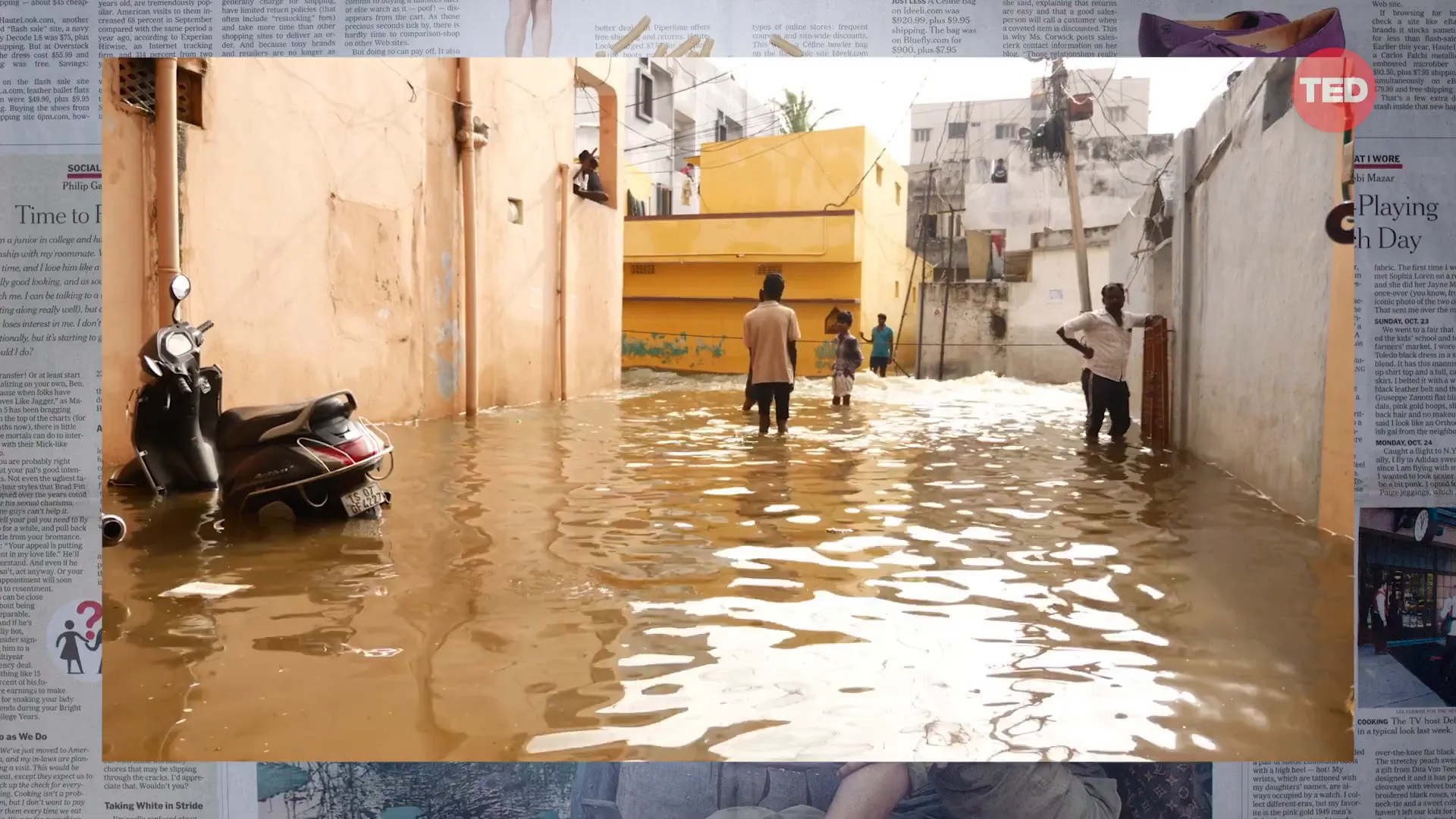
Moreover, these conversations are essential for developing policies that are informed by local contexts. Understanding the unique challenges faced by communities allows for tailored solutions that address the root causes of poverty, rather than applying one-size-fits-all approaches. This project emphasizes that effective policy is often born from the ground up, fueled by the voices of those directly impacted.
Local Context in Economic Frameworks
In the realm of policy-making, local context is paramount. "The Poverty Line" illustrates that poverty cannot be understood solely through macroeconomic indicators. It requires a deep dive into the specific circumstances and cultural dynamics of each community.
Different regions experience poverty differently, influenced by factors such as local economies, social structures, and available resources. The photographs captured during the project highlight these variations, showcasing not just the food choices available but also the cultural significance behind them.
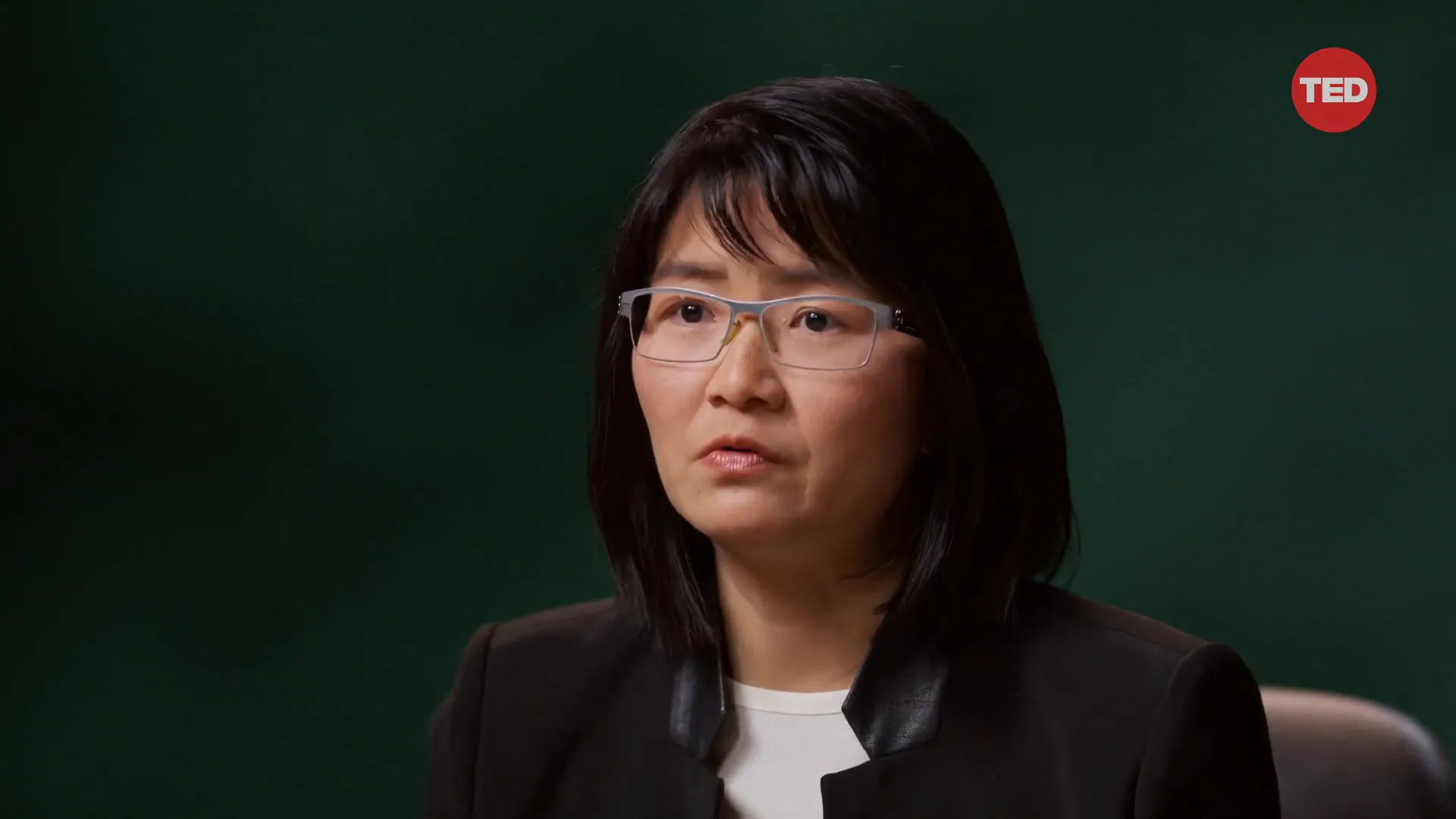
This localized understanding encourages stakeholders to consider diverse perspectives and foster collaboration. Engaging with community members in the policy-making process ensures that solutions are relevant and effective. It also empowers individuals by involving them in decisions that affect their lives, promoting a sense of ownership and agency.
Bridging Gaps in Understanding
One of the most significant contributions of "The Poverty Line" is its ability to bridge gaps in understanding. The project invites viewers to engage with the complexities of poverty in a way that transcends traditional narratives. It challenges preconceived notions and encourages empathy.
By presenting food choices as a lens through which to view poverty, the project fosters curiosity about the experiences of others. It invites people to ask questions and seek deeper insights into the factors that contribute to poverty.
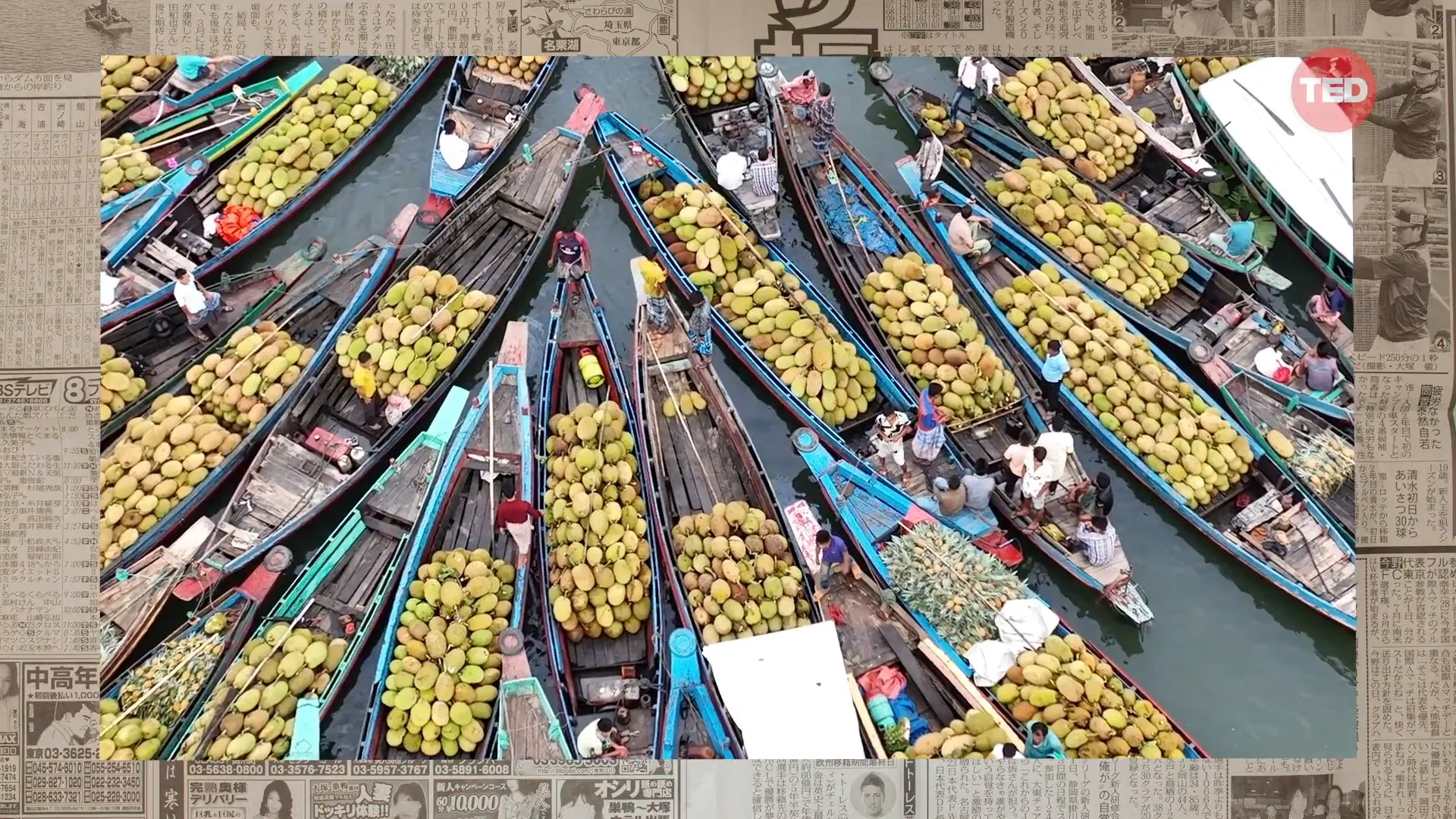
This curiosity can lead to meaningful dialogues about social justice, equity, and the collective responsibility we share in addressing poverty. It reminds us that we are all interconnected and that our actions can have a profound impact on the lives of those around us.
FAQ: Addressing Common Questions About Poverty and Food Choices
As discussions about poverty and food choices continue to evolve, several common questions arise. This section aims to address these inquiries, providing clarity and fostering a deeper understanding of the issues at hand.
What is the significance of food choices in understanding poverty?
Food choices reflect not only nutritional needs but also cultural identities, economic constraints, and social dynamics. By examining what individuals at the poverty line eat, we gain insights into their lived experiences and the broader context of their struggles.
How do local economies impact food availability?
Local economies play a crucial role in determining what food is accessible and affordable. Economic conditions, market structures, and local policies all influence food prices and availability, affecting the choices individuals can make.
What role does stigma play in food choices among those in poverty?
Stigma can significantly affect food choices, as individuals may feel judged for their selections. This stigma can lead to feelings of shame or exclusion, further complicating their relationship with food and community.
How can communities address food insecurity?
Communities can address food insecurity by advocating for policies that promote equitable access to resources, supporting local food systems, and fostering collaboration among stakeholders. Grassroots initiatives can empower individuals and create sustainable solutions.
What can individuals do to support those living in poverty?
Individuals can support those living in poverty by educating themselves about the issues, engaging in meaningful conversations, and advocating for policies that promote equity and justice. Volunteering with local organizations and donating to food banks can also make a tangible difference.
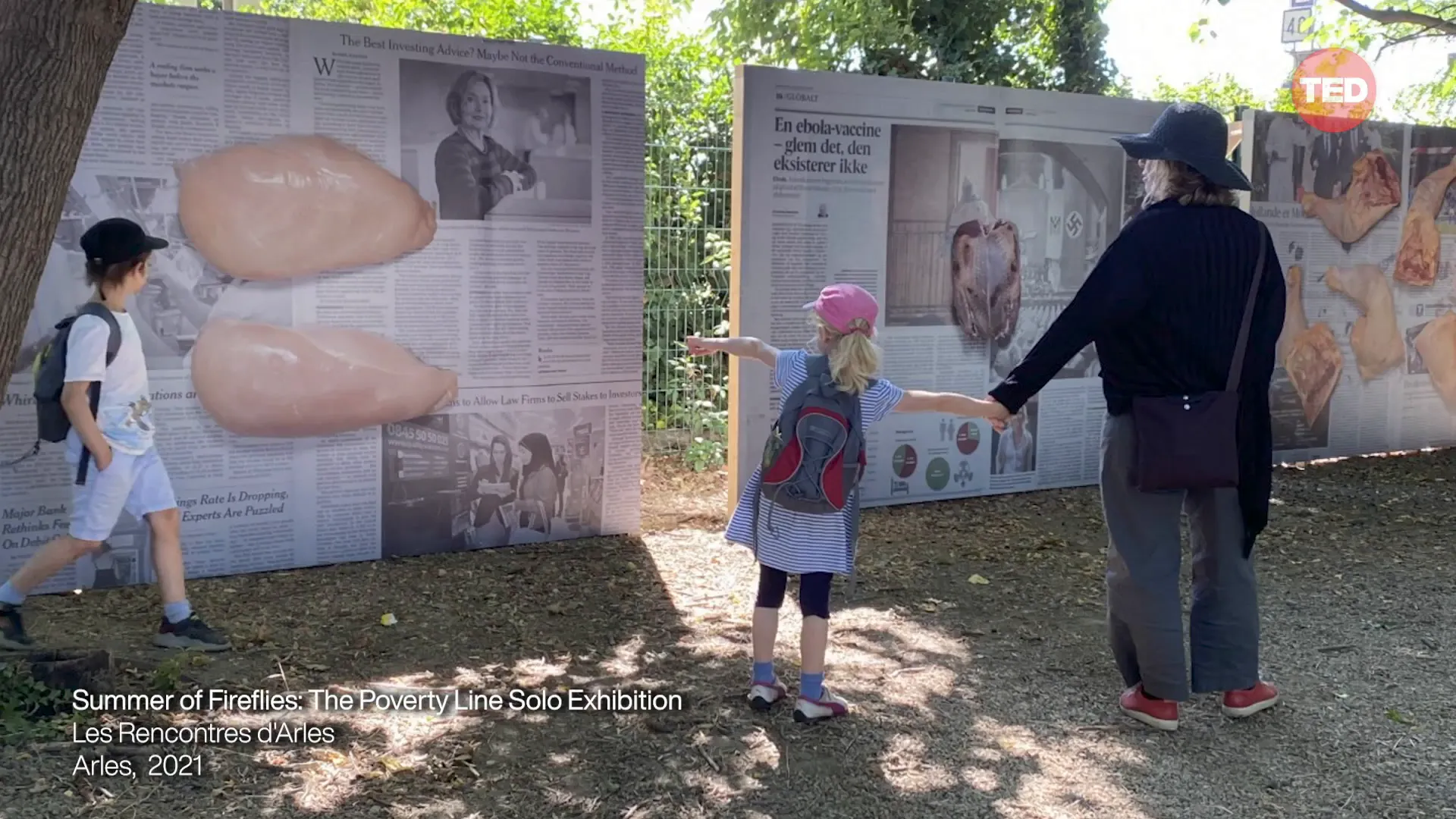
By addressing these common questions, we can cultivate a more informed and empathetic understanding of poverty. "The Poverty Line" serves as a reminder of the complexities surrounding food choices and the importance of engaging with these issues thoughtfully.
Made with VideoToBlog